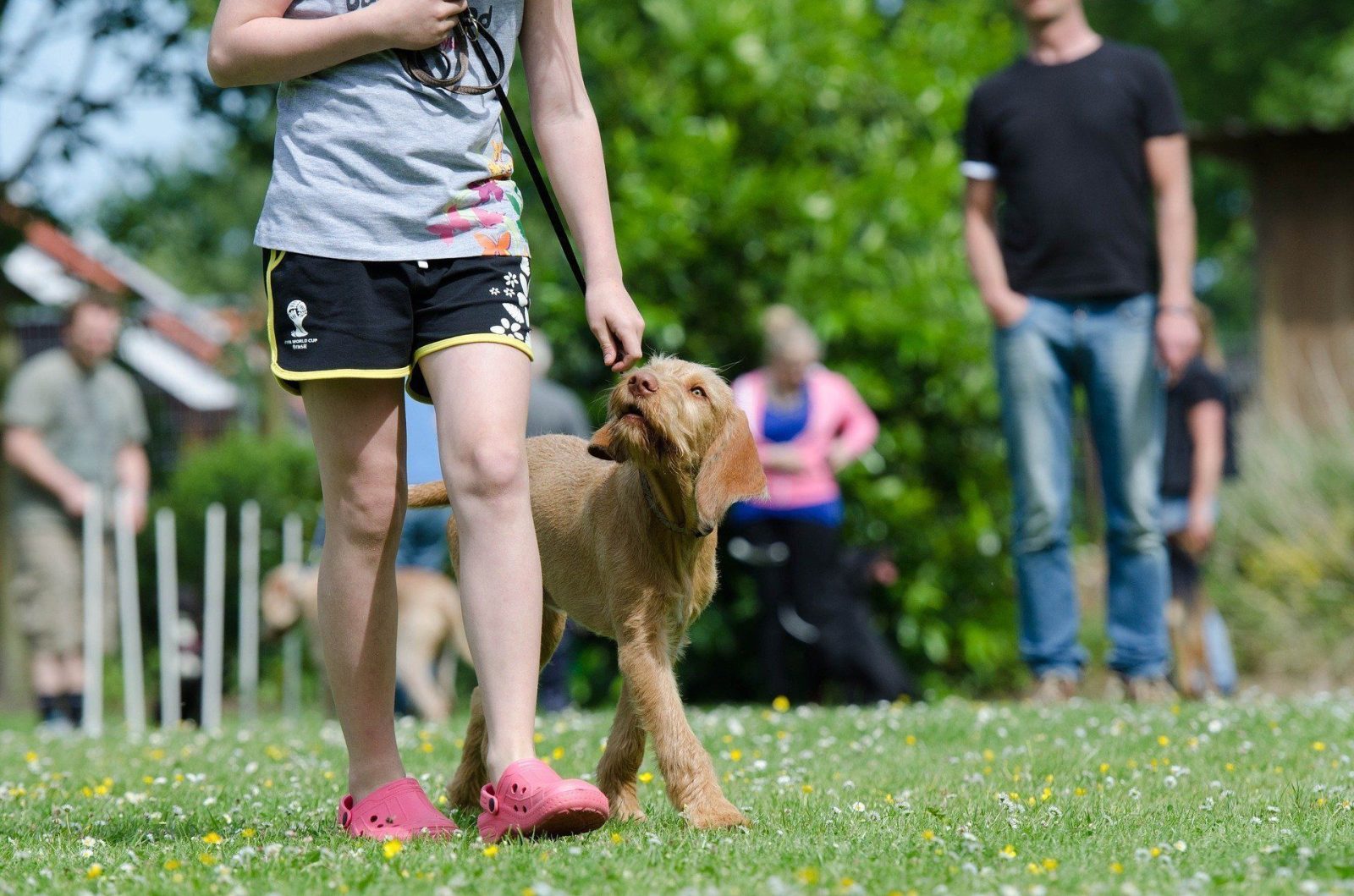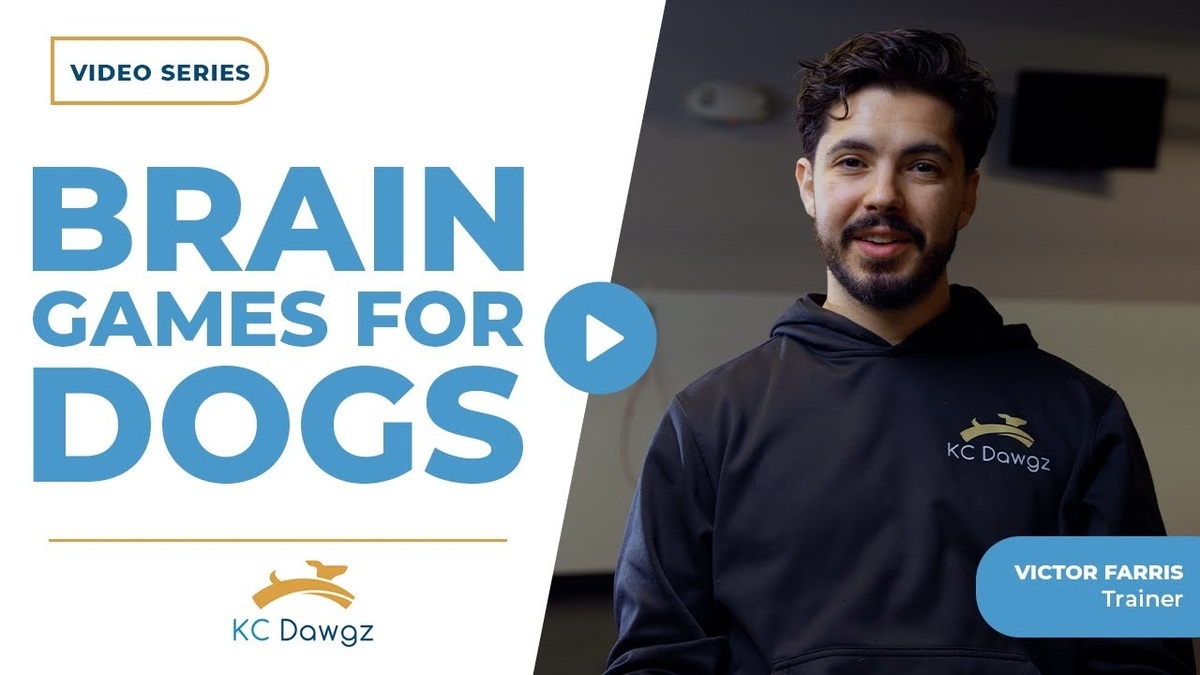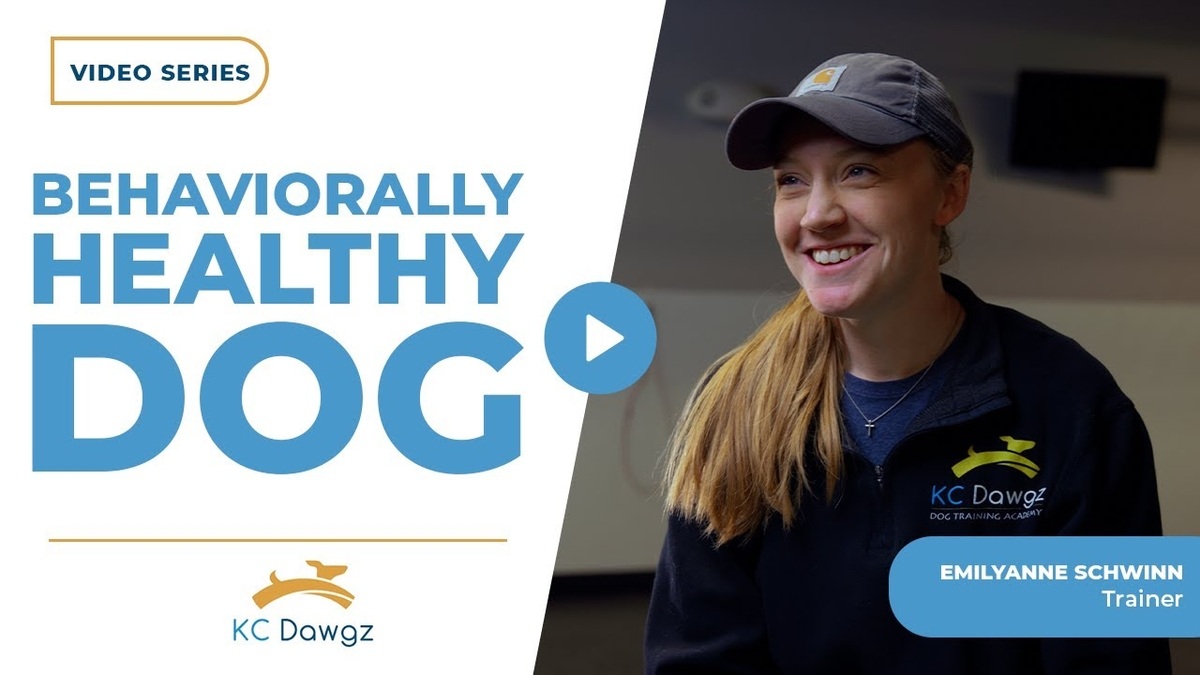There is loads of research out there to show us that dogs learn very well from visual cues and body language. Many trainers and owners use some form of hand signal, although the exact signals used vary greatly. So, why do they use them, and should you use them with your dog?
Dogs will generally learn a hand signal faster than a verbal command. Great, right? Well, it depends. While a hand signal or body cue is a quick way to learn, there are some practical limitations to relying on them. Any visual command is only useful if your dog is actively looking at you. In a controlled training environment this is easier to achieve, but out in the real world, how can you be sure that your dog will be looking at you every time you want to give a command, and not the other dog across the street or the Frisbee flying through the park? A verbal command can be used as long as your dog is within earshot, no matter which way they are looking. Most dogs are going to be distracted by things at some point, at least to a certain extent. While your dog is chasing that squirrel toward the road, you have no way to command them to come back with hand signals. In this situation, a clear, precise verbal command can be heard and understood by your dog. Another real-world example is if your dog is simply in another room of the house. Again, a hand signal isn’t practical, but a verbal cue can be responded to.
What about reliability?
If a dog learns a hand signal more quickly, and that learning is strong enough to override a verbal command, are the trade-offs worth it? There may be some truth and benefit to that in the beginning when commands are still somewhat new. However, this issue can be overcome very, very quickly with a solid and consistent training routine. Things like group classes are wonderful to build upon reliability with commands. Not only do you get to practice with the help of professionals to address issues and questions along the way, but the other owners and dogs will be a great distraction to really push your dog’s understanding and attention. KC Dawgz offers a variety of class types; from Puppy 101 to more advanced classes like Trick Dog and Nosework so that you can keep your dog challenged with new things.
So now that we know the limitations of hand signals, why not teach both? Some people do just that. The hard part is making the dog understand that both the verbal command and the hand signal mean the same thing, even on their own. Since dogs pick up on physical cues faster than verbal ones, if you use a verbal command paired with a hand signal for a command, your dog will be much more likely to associate the behavior with the hand signal only instead of with the verbal command as well. When paired, physical cues will override verbal cues. Using some physical cues like a food lure can be a huge help early on in training, but they needed to be faded out relatively quickly so that the dog does not become reliant on them.
Notable exceptions to sticking to verbal commands in training are deaf dogs. Since verbal commands cannot be heard, a physical cue is a way they can still learn to do specific behaviors on command.





